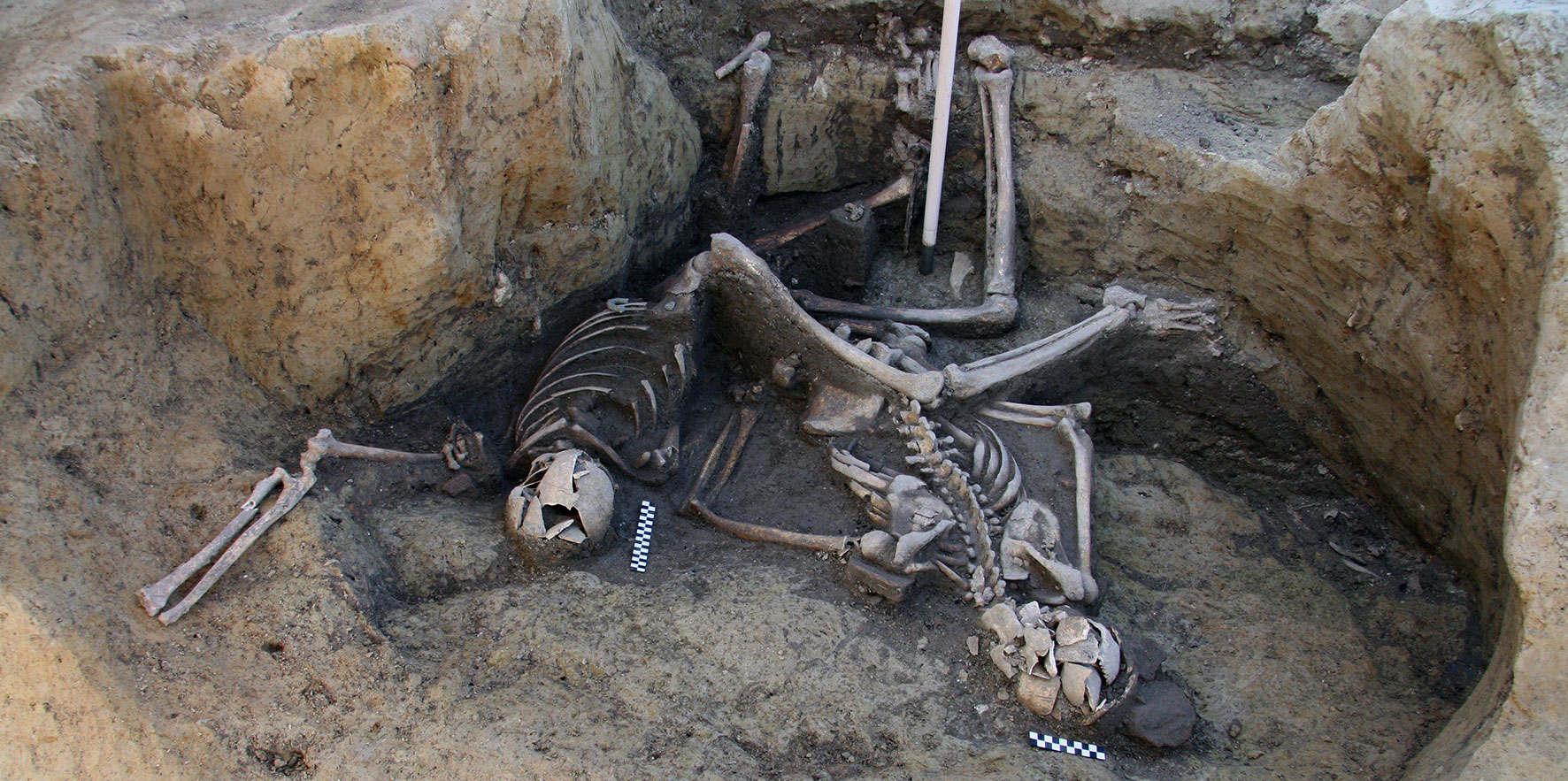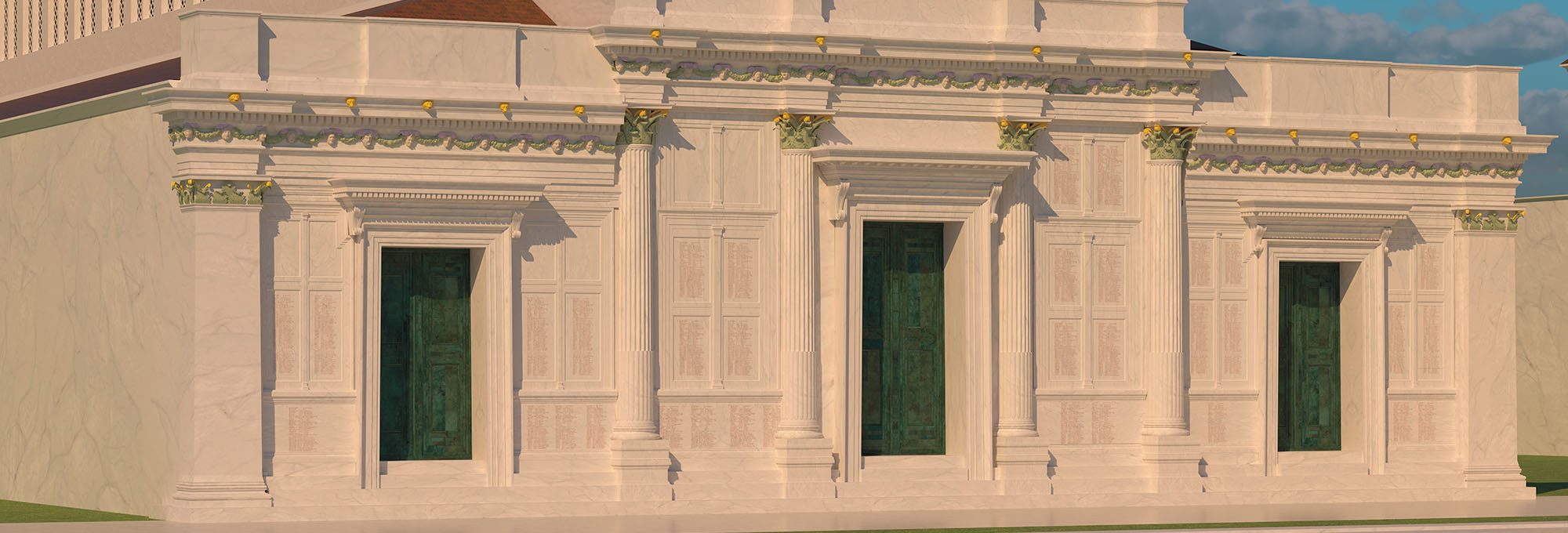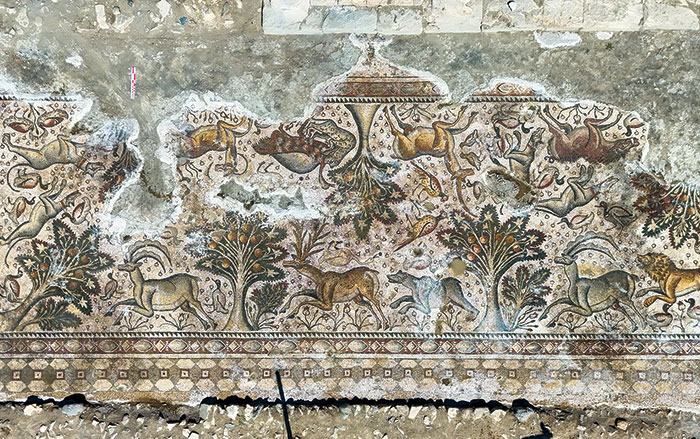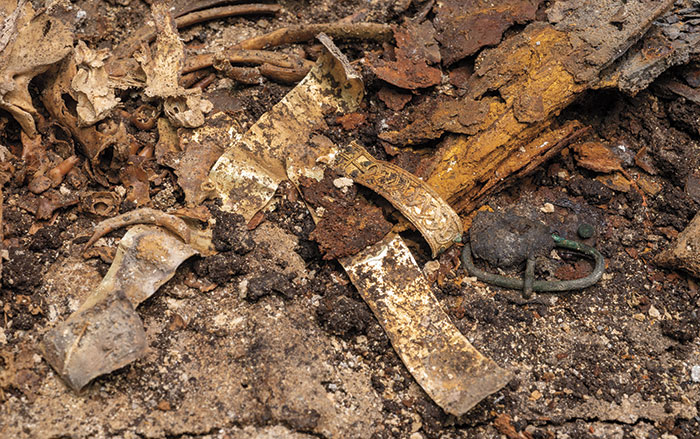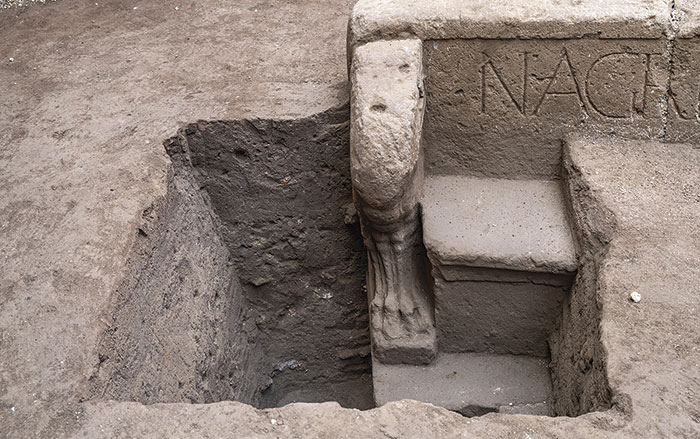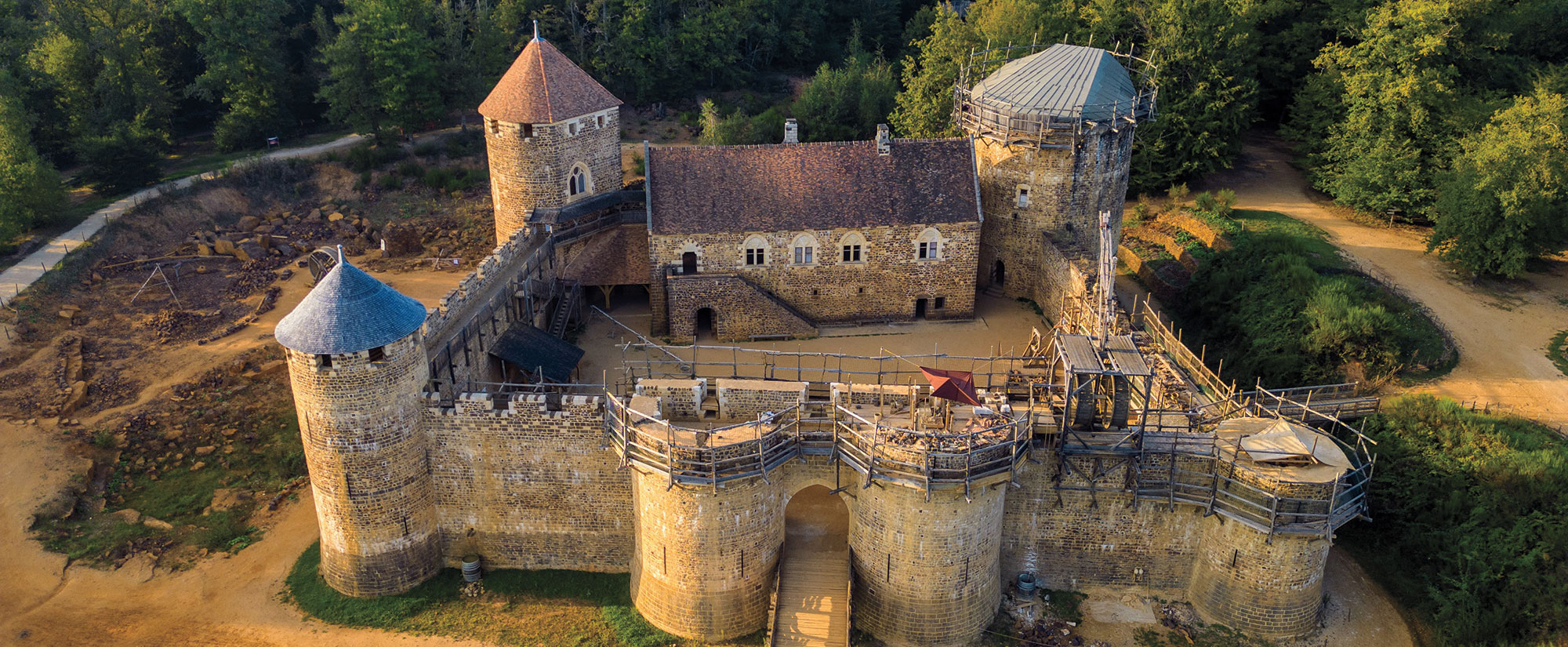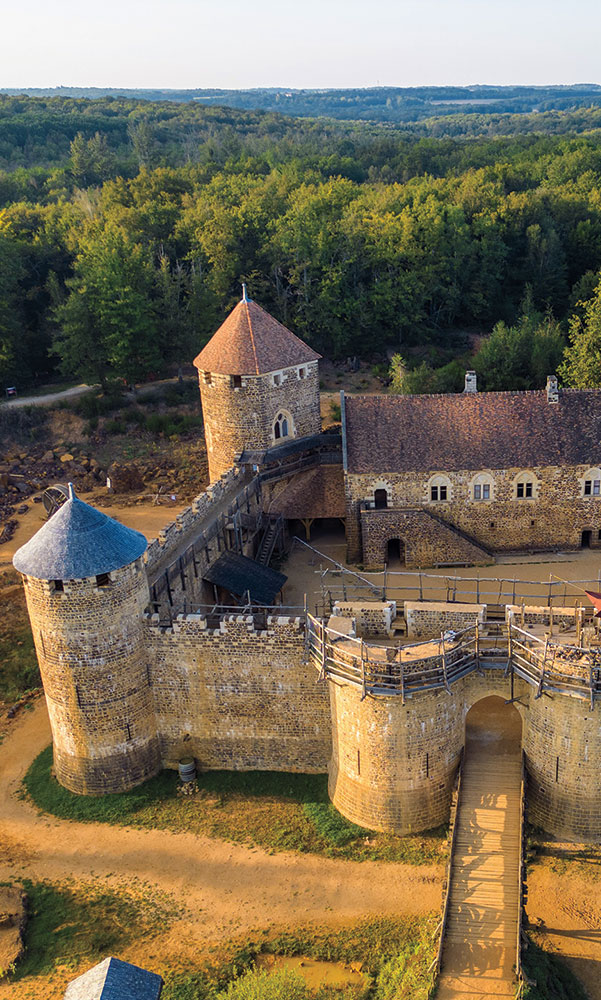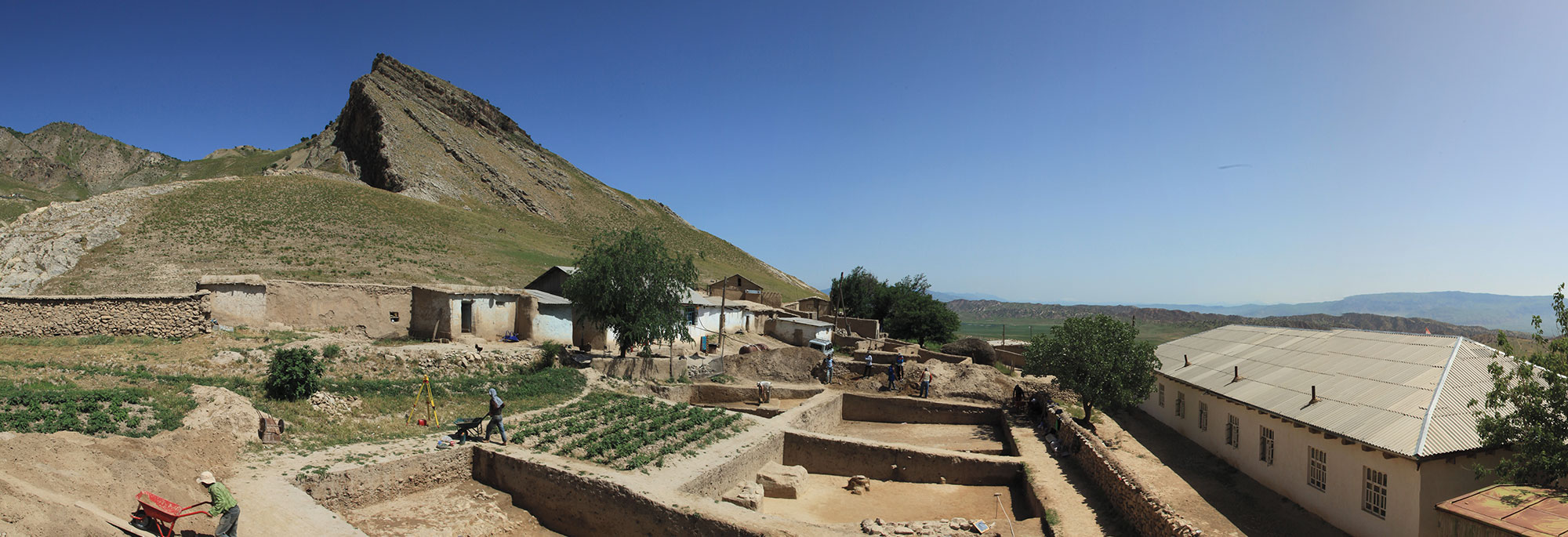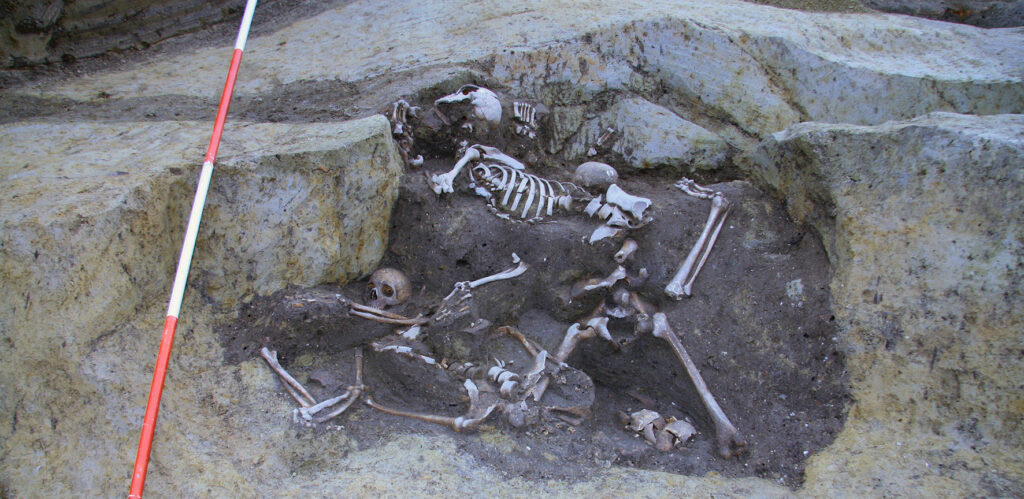
OSIJEK, CROATIA—Live Science reports that analysis of the skeletons of seven men recovered from a well in eastern Croatia in 2011 suggests that they are the remains of Roman soldiers who fought in the Battle of Mursa in A.D. 260. “Presumably, all of the individuals were stripped of any valuables—weapons, armor, equipment, jewelry, etc.—before they were thrown into the well,” said bioarchaeologist Mario Novak of the Institute for Anthropological Research in Zagreb. He and his colleagues determined that all of the remains represented adult men, four of whom were younger and three who were middle-aged at the time of death. Injuries observed on the bones include blunt force trauma to the forehead, rib fractures, and puncture wounds. New bone on the inside of the rib cages of all the men could be a sign that they had respiratory tract infections. DNA analysis of the remains also supports the idea that the men were soldiers, since it was determined that they came from diverse genetic backgrounds. Carbon dating of bone samples indicates that they lived in the second half of the third century, which corresponds to a Roman coin recovered from the well that was minted in A.D. 251. The location of the well within the territory of ancient Mursa, and the carbon dating results, therefore suggest that the men may have participated in the battle between the emperor Gallienus and the military commander Ingenuus, who attempted to take his throne. Read the original scholarly article about this research in PLOS One. To read in-depth about the Roman military, go to "The Road Almost Taken."


